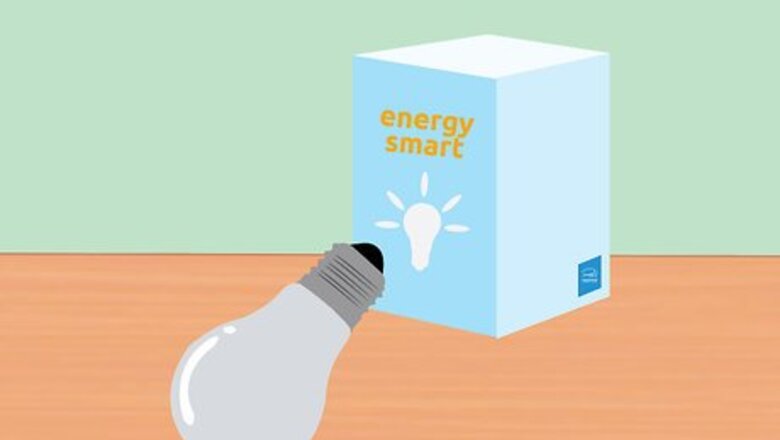
views
Kilowatts and Kilowatt-Hours
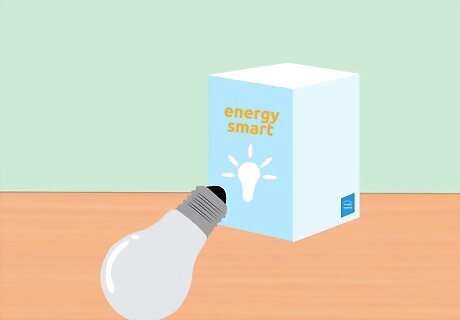
Find the wattage rating of the bulb. The wattage is often printed directly on the bulb as a number followed by a W. If you don't see it there, check the packaging the bulb was sold in. The watt is a unit of power, measuring the energy the bulb uses each second. Ignore phrases like "100-watt equivalent," which are used to compare brightness. You want the actual number of watts the bulb uses.
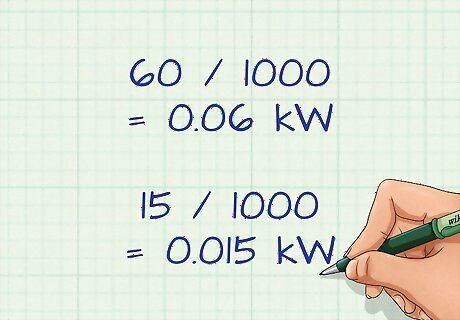
Divide this number by one thousand. This converts the number from watts to kilowatts. An easy way to divide by one thousand is to move the decimal point three places to the left. Example 1: A typical incandescent bulb draws 60 watts of power, or 60 / 1000 = 0.06 kilowatts. Example 2: A typical fluorescent bulb uses 15 watts, or 15 / 1000 = 0.015 kW. This bulb only uses ¼ as much power as the bulb in example 1, since 15 / 60 = ¼.
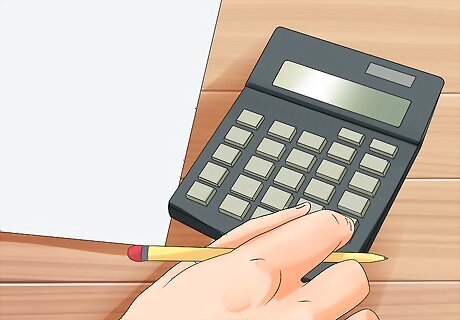
Estimate the number hours the bulb is on per month. To calculate your utility bill, you'll need to know how much you use your bulb. Assuming you receive monthly utility bills, count up the number of hours the bulb is on in a typical month. Example 1: Your 0.06 kW bulb is turned on for 6 hours a day, every day. In a 30-day month, that's a total of (30 days/month * 6 hrs/day) = 180 hours per month. Example 2: Your 0.015 kW fluorescent bulb is on for 3.5 hours a day, 2 days a week. In one month, it will be on for roughly (3.5 hours/day * 2 days/wk * 4 wks/month) = 28 hours per month.
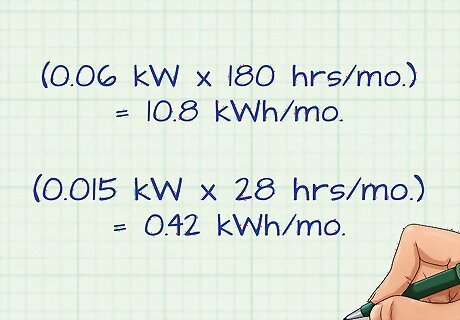
Multiply the kilowatt use by the number of hours. Your energy company charges you for each "kilowatt-hour" (kWh), or each kilowatt of power in use for one hour. To find the kilowatt-hours your light bulb consumes per month, multiply the kilowatt use by the number of hours it's on each month. Example 1: The incandescent bulb uses 0.06 kW of power and is on for 180 hours a month. Its energy usage is (0.06 kW * 180 hours/month) = 10.8 kilowatt-hours per month. Example 2: The fluorescent bulb uses 0.015 kW and is on for 28 hours a month. Its energy usage is (0.015 kW * 28 hours/month) = 0.42 kilowatt-hours per month.
Calculating Cost
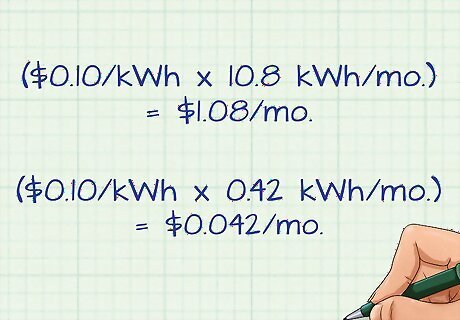
Calculate the cost of running your light bulb. Check your utility bill for the cost of each kilowatt-hour of electricity. (Average costs are roughly $0.12 per kWh in the US, or €0.20 per kWh in Europe.) Multiply this by the number of kWh your bulb uses each month to estimate how much you pay to power that bulb. Example 1: Your power company charges 10 US cents per kWh, or $0.10. The incandescent bulb uses 10.8 kWh/month, so running it is costing you ($0.10/kWh * 10.8 kWh/mo.) = $1.08 per month. Example 2: At the same cost of $0.10 per month, the low-use fluorescent bulb costs you ($0.10/kWh * 0.42 kWh/mo.) = $0.042 per month, or about four cents.
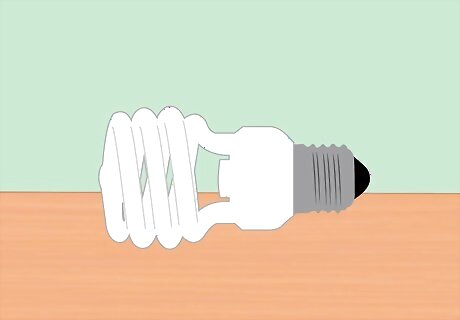
Save on lighting costs. Light bulbs account for about 5% of the electricity bill of the average US household. Although other energy savers will have a larger effect, replacing incandescent bulbs is always worth it in the long term: Light-emitting diodes (LEDs) are even more efficient and have a lifespan of 50,000 hours (almost six years of constant use). Over their whole lifespan, they save about $7 US per year.
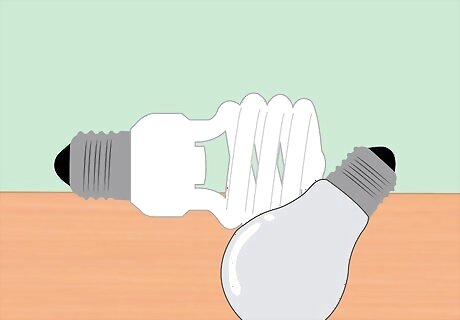
Choose the right replacement. Consider the following when shopping for energy-efficient lighting: Poorly made CFL bulbs can burn out quickly. The best options have an EnergyStar logo in the US, or a rating of A+ or higher on the European Union energy label. If you're lucky, the packaging will list "lumens," a measure of brightness. If not, use this estimate: a 60 watt incandescent bulb, 15 watt CFL, or 10 watt LED are all roughly the same brightness. Look for a color descriptor. "Warm white" is closer to the yellow glow of an incandescent. "Cool white" heightens the contrast, which may feel harsh in living spaces. "Directional" LED lights focus light on a small area instead of illuminating a whole room.















Comments
0 comment